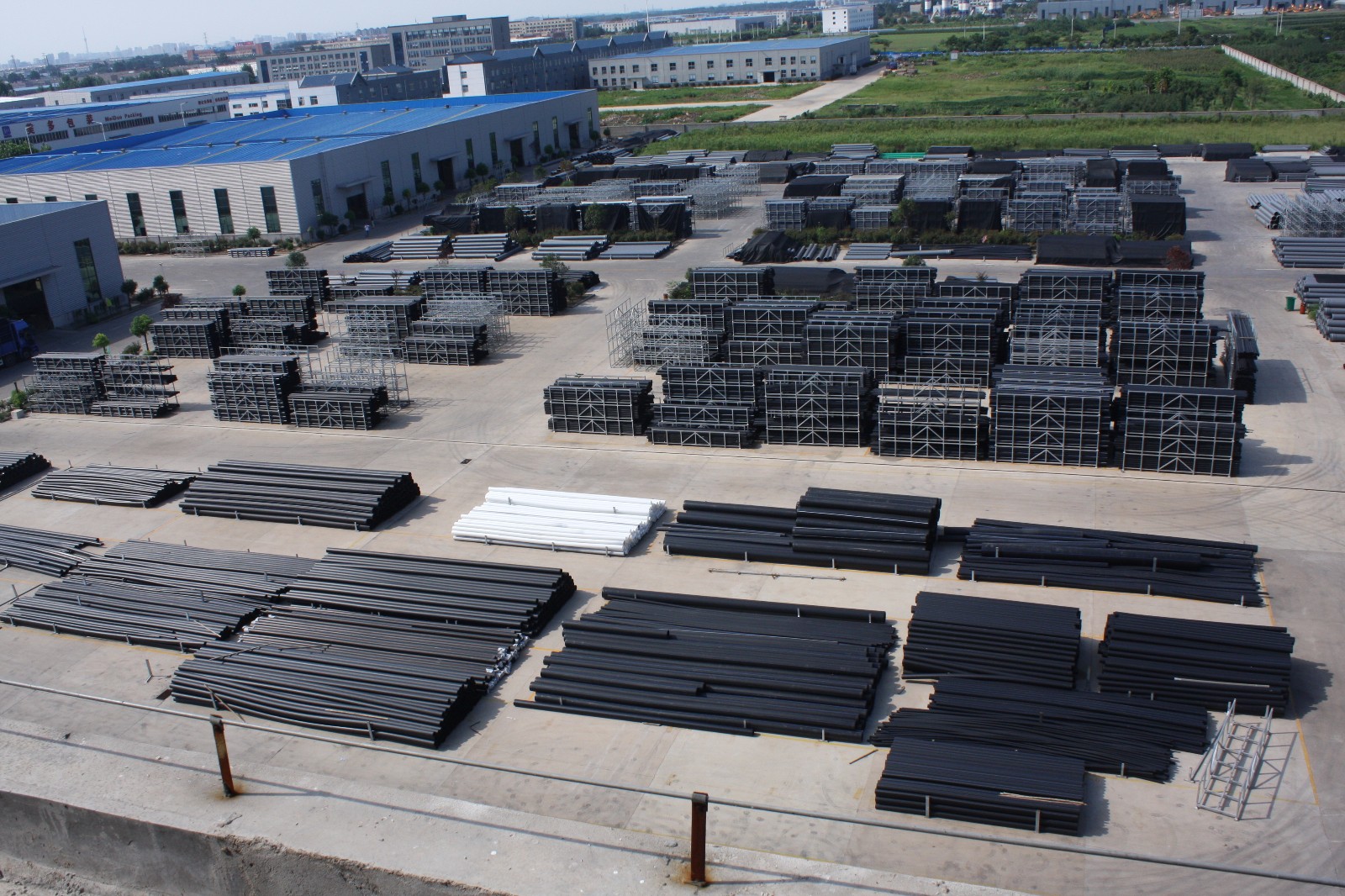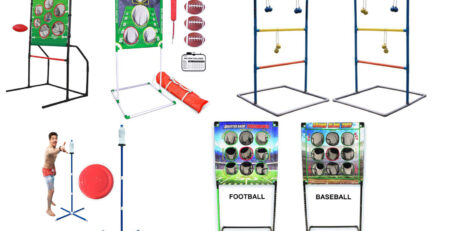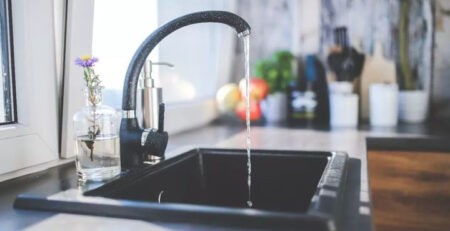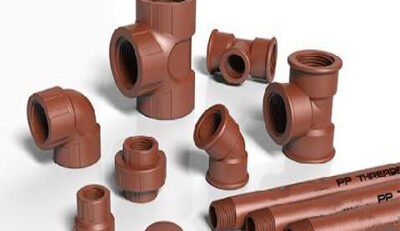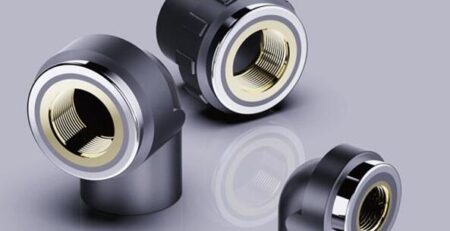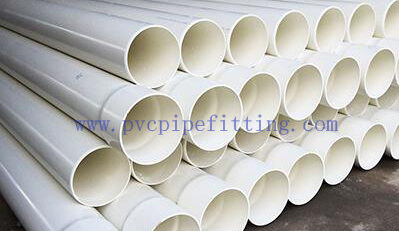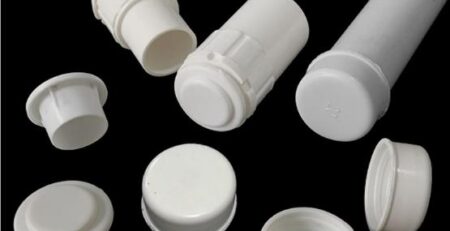TYPES OF PLASTIC PIPES, DIFFERENCES, AND THEIR USES
Not sure what type of pipe to install? In this article we analyze the different types of plastic pipes, we explain their differences and uses to know in what type of installations to use them.
ADVANTAGES OF PLASTIC PIPES
The introduction of plastic in the construction sector was a revolution never seen before. It made it possible to change elements that weighed a lot for simpler and lighter versions, which allowed them to be used by a single operator instead of needing the force of several, also lowering the cost. For example, by its nature, plastic has very good properties when it comes to transporting fluids. In addition, there are as many varieties as projects you can have in hand. Each version adapts to the type of fluid and structure you need to work with.
And it is precise because of this last advantage that you should know the different types of plastic pipes, as well as their unique differences and characteristics.
PVC PIPES
PVC is the type of plastic most used in the manufacture of plastic pipes. PVC is also known as polyvinyl chloride due to its components. It is mainly used in plastic pipes for drains and water supply and similar aqueous fluids, its physical and mechanical characteristics make it the ideal material for this purpose. There are PVC pipes both colored and in gray tones. We can also find varieties of oriented PVC improving its resistance
And although it is common to find it in standardized measurements, PVC pipes have the advantage that they are easily cut with a conventional saw, which allows us to adapt the length to the place where we want to pass the tube. It is not necessary to have specific cutting tools as in the case of other materials of much higher hardness.
As a detail, to join the PVC pipes together we will use couplings of the same material, it is only necessary to use a specific adhesive for PVC that acts as a chemical weld for a perfect and durable finish.
We are a professional PVC pipes manufacturer. We can make PVC pipes according to customers’ requirements. We can produce expanded PVC pipes, special-shaped PVC pipes and so on
POLYETHYLENE PIPES
Polyethylene (PE) is the second most used type of plastic in pipes. Its main difference compared to PVC is that polyethylene is more flexible. For this reason, we tend to use it for underfloor heating, household waste disposers, or irrigation systems.
The lightness and low weight of polyethylene speed installation and lower cost. The process of installing polyethylene pipes is simpler and lighter than that of other materials. In fact, polyethylene pipes are cut using a pipe cutter, a sturdy cutter, or professional scissors. As an interesting detail, to proceed with the union we use toothed male accessories and small pliers that press the joint to seal.
ABS PLASTIC PIPES
No, when we talk about ABS we are not talking about the braking system of cars. Well, at least not in this case. In fact, in this case, when we talk about types of plastic pipes, the abbreviations ABS refer to acrylonitrile butadiene styrene, a type of plastic that is harder than PVC and polyethylene, and which is usually marketed in black and is the more common, for example, in sewage systems.
When buying ABS plastic pipes we will find the same standardized measurements as in PVC pipes.
To proceed with the union we must use couplings of the same type of ABS plastic and seal with cement to ensure complete hermetic closure.
A very important point of ABS plastic pipes is that it will be the local regulations that decide whether we can install ABS or PVC plastic pipes. Under no circumstances is it allowed to combine both in the same installation.
CPVC PIPING
CPVC is a more rigid version of PVC plastic. This extra stiffness is achieved with a small variation in its composition and is used mainly in potable water piping systems. Its resistance allows the passage of both hot and cold water and carries an additional level of safety for a product as sensitive as the water our families drink.
To make the joint we will need special couplings of the same CPVC material, to fix the joint we use primer and conventional PVC cement. We can easily cut it using a tube cutter.
Its main characteristic and the reason why the CPVC type of plastic is perfect for the passage of hot water and heating elements is that it perfectly resists temperatures of up to 80º continuously, and even occasionally boiling water when we have to unclog.
CPVC pipes and fittings are very flame retardant, they are very suitable for fire protection system.
CPVC FIRE SPRINKLER FITTING
CPVC FIRE SPRINKLER FITTING has excellent bacteriostasis, heat resistance, corrosion resistance, blocking resistance, high pressure resistance, chlorine resistance and other superior performance. It is very suitable for fire protection piping system all over the world. At the same time, it has high rigidity and flame retardancy.
MULTILAYER PLASTIC PIPING (MC)
The plastic known as multilayer combines thermoplastic and aluminum at different concentric levels. The most widely used thermoplastics in this type of pipe are PERT (high thermal resistance polyethylene) and PEX (cross-linked polyethylene). Both are extruded with a natural resin to create a first layer that determines the diameter. Subsequently, the first layer is joined with an aluminum tube to which a second outer thermoplastic film is added.
Due to its versatility, this type of pipe is used mainly in the installation of hot and cold water, and for the medical supply of oxygen.
POLYBUTYLENE PIPES
Their characteristic is that no special tools are needed for joining them or any type of adhesive, their installation is very simple thanks to their flexibility and low wall thickness. In addition, due to its ease of cutting, it is possible to carry out the installation without having precise measurements.
On the other hand, this type of pipe presents a low heat diffusion, which implies that the pipe will remain colder for hot water installations and will better resist low temperatures, together with its flexibility make it a pipe with good resistance to freezing.
POLYPROPYLENE TUBES(ppr pipe and fitting)
Polypropylene pipes(ppr pipe and fitting).Polypropylene can be used for drinking water and heating systems. To install it we need professional tools since the complete union requires a heat fusion seal. By not having mechanical joints, we reduce the risk of leaks that do occur with other joint materials, due to the contraction and expansion of their components.
PLASTIC PEX PIPING
Cross-linked polyethylene or PEX plastic tubing is commonly used in gas and water supplies. This type of plastic pipe is one of the most flexible models, in addition to providing high resistance to lime and chlorine, so it does not corrode.
We can find PEX pipe in a wide variety of different sizes and cut easily with a pipe cutter.
When making the union between two or more PEX plastic pipes, we will use brass or plastic accessories.
In short, broadly speaking, these are the main types of plastic pipes and their differences, each model has different characteristics that indicate the type of installation and fluids where we should use it. Make sure of the use you want to give to the pipe since depending on the material you will have an ideal pipe for one or other uses and spaces.

